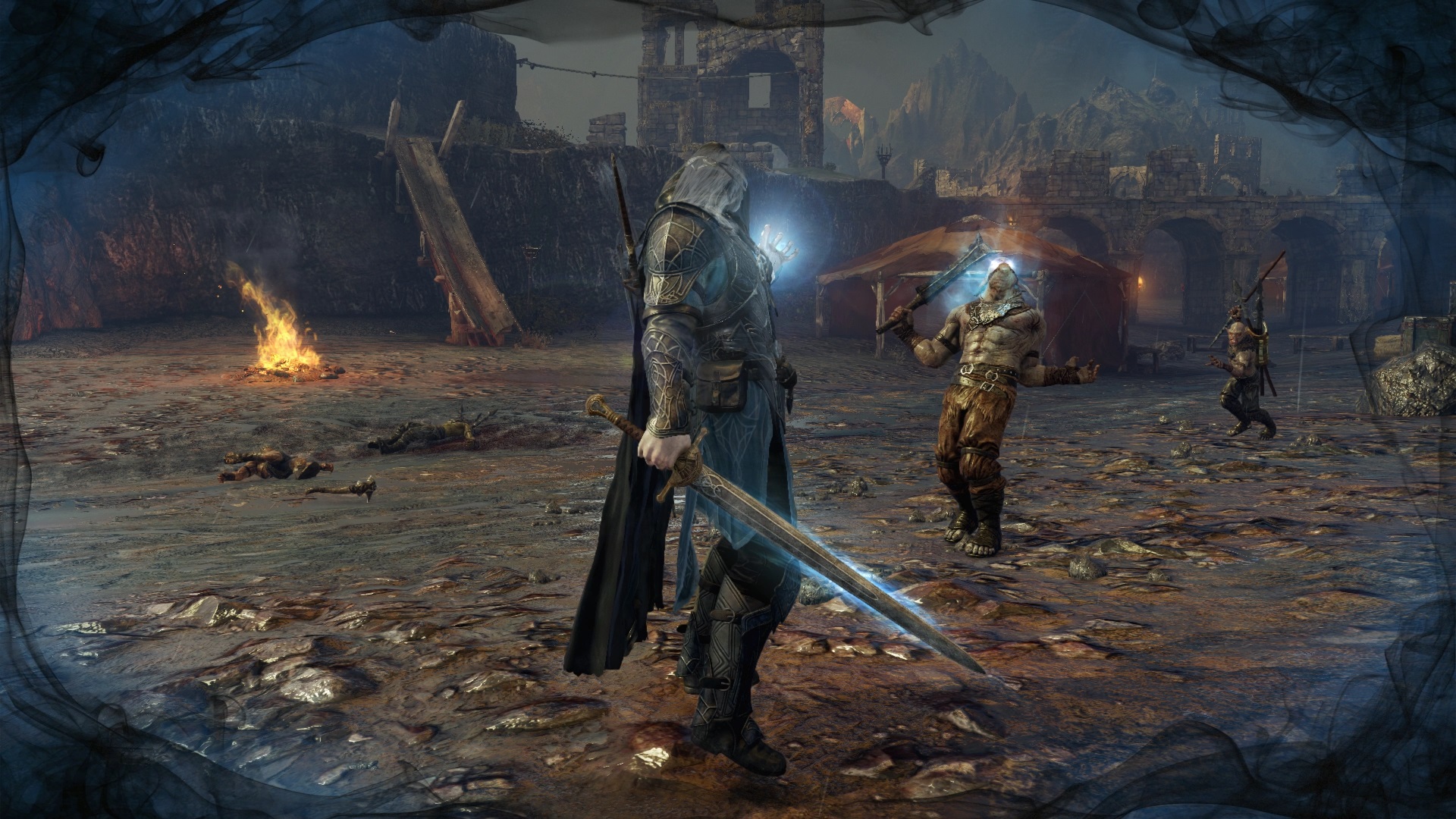
If you're killed by a random uruk in battle, he may advance to become a Captain. The uruks will regularly kill one another for advancement, engaging in duels, ambushing each other, and executing weaker uruks. They exist in a deeply competitive hierarchy, with nameless grunts at the bottom, Captains in the middle, and Warchiefs at the top. Uruks don't act independently of one another. It's a great way of adding a bit of systemic character to what would usually be faceless opponents.īut this isn't even half the story. If the uruk Captain defeats you in battle, he increases in power, adding further insult to your mortal injuries. In the early stages of the game you'll find yourself regularly stumbling upon these uruk Captains, who announce their arrival with some kind of taunt or insult thrown in your direction. These uruks sport traits such as strengths, weaknesses, hates and fears. The uruks whose black blood frequently lubricates your blade are led by "Captains", more powerful uruks with specific named like Glûk Jitters, Rûg Skull-Splitter, and my personal favourite Stakuga the Wrestler. In the first few hours the nemesis system acts mostly to make things personal between you and a few specific enemies. The aforementioned open-world cliché's are merely sideshows to complement the main attraction, Shadow of Mordor's nemesis system. The result is an initial experience that is both baffling and fragmentary, as you experiment with multiple systems at once, none of which you fully comprehend.įortunately, this situation is very much temporary, and as you grasp what Shadow of Mordor is really about, it reveals itself to be far from the cheap copycat it seems at first. It's a library of game mechanics that appear to have fallen off the shelf and piled together during an earthquake.Īll of this it tries to introduce to you within the first half hour, while negating to inform you that you really should play the story for a while before going exploring. Stealth, ranged attacks, endless collectibles.

#Middle earth shadow of mordor 1 upgrade#
Story missions that introduce mechanics to you while forwarding the plot, cookie-cutter side-missions which reward you with experience points, at least three upgrade systems, towers you can climb that unlock new areas of the map, a rhythm/counter based combat system. Everything you'd expect to see in a game of this genre is here. Initially Shadow of Mordor feels like a generic and particularly messy example of an open world game. Somehow, Talion's soul becomes entangled with the spirit of an elf wraith, giving him a temporary stay from death and a chance to exact revenge upon the Black Hand by scouring the land of Mordor and assembling a rebellion against Sauron and his minions. Posted at the Black Gate around the time of Sauron's ascendency (between the stories of the Hobbit and the Lord of The Rings) Talion and his family are murdered by a charming fellow known as the Black Hand of Sauron, in what is possibly the grimmest introduction to a game ever commited to pixels. Shadow of Mordor's story revolves around a Gondorian Ranger named Talion. What it really amounts to is Orc Game of Thrones, with you acting as a cross between the vengeance seeking Arya Stark and the Kingmaking Tywin Lannister. It's true that Shadow of Mordor borrows from many games of a similar ilk.

Glance at a screenshot of Shadow of Mordor and you may dismiss it as a hastily assembled Assassin's Creed knock-off, a somewhat dour looking open-world game that cheekily mimics Batman: Arkham Asylum's combat system almost blow-for-blow. I leapt upon the back of one and, upon riding to Glûk 's location, laughed as he squealed with terror and scrambled for the hills. Yet he had one enduring weakness, a crippling fear of Caragors, the strange half-bulldog, half horse creatures that roam the wilds of Mordor. Like a Whovian Cyberman, he ultimately became unstoppable by any conventional means.

This time I put my sword to him, and yet he returned once more, now resistant to sword-strikes. A couple of hours later, however, Glûk Jitters came back, a metal plate covering his now-empty eyesocket which made him invulnerable to ranged attacks.


 0 kommentar(er)
0 kommentar(er)
